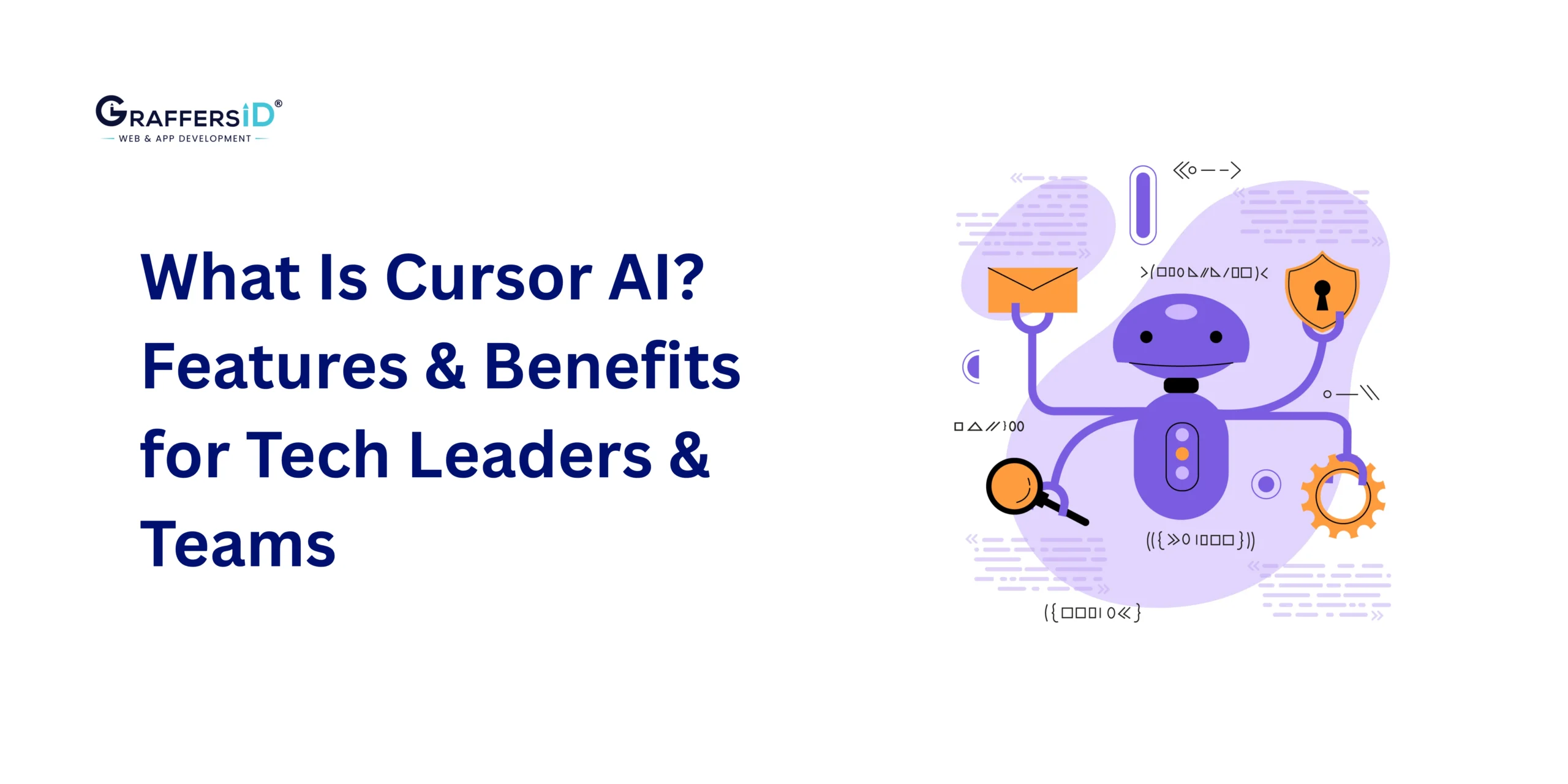Effective communication is the cornerstone of successful client relationships in any industry, but it holds particular importance in the tech sector. Miscommunications can lead to project delays, misunderstandings, and ultimately, dissatisfied clients. As a tech team, mastering the art of clear and concise communication with clients is paramount. Here are some common communication mistakes and strategies to resolve them within your tech team:
Importance of Smooth Client Communication
It’s not just about exchanging information; it’s about building trust, fostering relationships, and unlocking opportunities. In this blog, we delve deep into the importance of client communication and explore how it can be a game-changer for businesses of all sizes and industries.
1. Building Trust and Credibility
Effective client communication is the bedrock of trust and credibility. When clients feel heard, understood, and valued, they are more likely to trust your expertise and recommendations. Clear and transparent communication instills confidence and reassures clients that they are in capable hands. This trust forms the basis of long-term relationships, leading to repeat business, referrals, and positive word-of-mouth marketing.
2. Understanding Needs and Expectations
Communication isn’t just about conveying information; it’s also about active listening and understanding. Businesses can gain insights into their needs, challenges, and expectations by engaging in meaningful conversations with clients. This understanding enables companies to tailor their products or services to meet client requirements better, leading to increased satisfaction and loyalty.
3. Managing Expectations Effectively
One of the biggest challenges in client relationships is managing expectations. Clear and honest communication plays a pivotal role in this aspect. By setting realistic expectations from the outset and providing regular updates and progress reports, businesses can prevent misunderstandings and mitigate potential conflicts. Managing expectations proactively fosters a positive client experience and prevents dissatisfaction.
4. Resolving Issues and Nurturing Relationships
No business relationship is immune to challenges or conflicts. However, how these challenges are addressed can make a significant difference. Open and responsive communication is key to resolving issues efficiently and amicably. By addressing concerns promptly, taking responsibility, and offering viable solutions, businesses can turn negative experiences into opportunities to strengthen relationships and showcase their commitment to client satisfaction.
5. Enhancing Collaboration and Innovation
Effective client communication extends beyond transactional interactions; it fosters collaboration and drives innovation. By involving clients in discussions, seeking their feedback, and incorporating their ideas, businesses can co-create solutions that are more aligned with client needs and market demands. This collaborative approach not only strengthens relationships but also fuels continuous improvement and innovation.
6. Leveraging Opportunities for Growth
Client communication isn’t just about maintaining existing relationships; it’s also about seizing growth opportunities. By staying engaged with clients, keeping them informed about new offerings, and identifying upsell or cross-sell opportunities, businesses can maximize their revenue potential. Proactive communication transforms clients into advocates and partners in business growth.
7. Adapting to Changing Dynamics
In today’s dynamic business landscape, adaptability is key to survival and success. Effective client communication allows businesses to stay attuned to changing market trends, client preferences, and competitive pressures. By gathering feedback, monitoring industry developments, and communicating proactively, businesses can pivot quickly, capitalize on emerging opportunities, and stay ahead of the curve.
Types of Client Communication
- Verbal Communication: This includes face-to-face meetings, phone calls, and video conferences. It allows for real-time interaction and enables nuances like tone and body language to convey messages effectively.
- Written Communication: Emails, letters, and reports fall under this category. Written communication should be clear, professional, and error-free to avoid misunderstandings.
- Non-verbal Communication: Body language, gestures, and facial expressions play a crucial role in communication. Being aware of non-verbal cues can enhance understanding and rapport.
Common Communication Mistakes to Resolve Them Within Your Tech Team
1. Lack of Regular Updates
One of the primary grievances clients have is not receiving regular updates on project progress. This lack of communication can lead to uncertainty and frustration. To resolve this, establish a communication schedule with your clients. This could be weekly or bi-weekly progress reports, depending on the project’s scope. Ensure these updates are comprehensive yet easy to understand, highlighting key milestones, challenges faced, and upcoming tasks.
2. Technical Jargon Overload
Tech professionals often forget that clients may not be well-versed in technical jargon. Using too much industry-specific terminology can confuse clients and hinder effective communication. When communicating with clients, strive for clarity and simplicity. Explain technical concepts in layman’s terms, avoiding unnecessary jargon. Visual aids like diagrams or infographics can also help bridge the gap between technical and non-technical stakeholders.
3. Ignoring Client Feedback
Clients appreciate being heard and valued. Ignoring or dismissing client feedback is a surefire way to damage the relationship. Encourage open communication and actively listen to client concerns and suggestions. Even if you don’t implement every piece of feedback, acknowledging and considering their input fosters a collaborative and positive working relationship.
4. Inconsistent Communication Channels
In today’s digital age, numerous communication channels are available – email, phone, instant messaging, project management platforms, etc. While variety is beneficial, too many channels inconsistently can lead to confusion. Choose a primary communication channel based on client preferences and stick to it for important updates and discussions. Consistency helps streamline communication and avoids information scattered across multiple platforms.
5. Failure to Set Expectations
Misaligned expectations are a common source of conflict. Ensure you set clear expectations from the project’s outset regarding timelines, deliverables, communication frequency, and escalation procedures for issues. Document these expectations in a project scope or contract, so both parties have a reference point throughout the engagement.
6. Lack of Proactive Communication
Proactivity goes a long way in client satisfaction. Anticipate potential roadblocks or delays and communicate them to the client beforehand. Offer solutions or alternative approaches to mitigate any impact on the project timeline or budget. Proactive communication demonstrates professionalism and a commitment to delivering results.
7. Not Seeking Clarification
Misunderstandings often arise from assumptions or incomplete information. Encourage your team members to seek clarification whenever they are unsure about client requirements or expectations. It’s better to ask questions and clarify details upfront than to proceed with assumptions that may lead to costly mistakes later on.
How can I build trust with clients through communication?
Building trust with clients doesn’t happen overnight; it’s a continuous process that requires intentional effort and effective communication. In this blog post, we’ll explore strategies and techniques to help you build trust with your clients through communication.
1. Listen actively:
Effective communication starts with active listening. When interacting with clients, give them your full attention, listen to their concerns, and show empathy. Avoid interrupting or assuming their needs; instead, ask clarifying questions to ensure you understand their perspective. Active listening demonstrates that you value their input and are committed to meeting their needs.
2. Communicate transparently:
Transparency builds trust. Be honest and open in your communication, especially when discussing expectations, timelines, and challenges. If there are issues or delays, communicate them promptly and offer solutions. Transparency helps prevent misunderstandings and reinforces your credibility as a reliable partner.
3. Set clear expectations:
Clear communication begins with setting realistic expectations. Clearly outline what clients can expect from your products or services, including deliverables, timelines, and costs. Avoid overpromising or making commitments you can’t fulfill. When both parties have a clear understanding of expectations, it reduces friction and builds trust.
4. Be responsive:
Timely communication is essential for building trust. Respond to client inquiries, emails, and calls promptly, even if it’s just to acknowledge receipt and provide an estimated timeframe for a detailed response. Delayed or ignored communication can erode trust and make clients feel undervalued.
5. Communicate proactively:
Anticipate client needs and communicate proactively. Share updates, progress reports, and relevant information without being prompted. Proactive communication demonstrates your commitment to transparency and keeps clients informed and engaged throughout the partnership.
6. Use clear and concise language:
Avoid jargon or complex language that may confuse clients. Use clear and concise language to convey your message effectively. Break down complex concepts into understandable terms and provide examples or visuals when necessary. Clear communication reduces misunderstandings and reinforces trust.
7. Practice empathy:
Empathy is a powerful tool for building trust and support. Put yourself in your clients’ shoes, understand their challenges, and show genuine concern for their success. Empathetic communication fosters strong relationships built on mutual understanding and trust.
8. Be consistent:
Consistency is key to building trust over time. Consistently deliver on your promises, communicate clearly and promptly, and maintain a professional demeanor in all interactions. Consistency builds credibility and reinforces your commitment to client satisfaction.
9. Seek feedback:
Actively seek feedback from clients to understand their satisfaction levels, areas for improvement, and suggestions for enhancements. Use feedback to make necessary adjustments, address concerns, and strengthen your communication strategies. Clients appreciate being heard, and incorporating their feedback builds trust and loyalty.
10. Follow up:
After completing a project or delivering a service, follow up with clients to ensure their satisfaction and address any lingering questions or concerns. A thoughtful follow-up shows that you value their feedback and are committed to their ongoing success.
Tools for Enhancing Client Communication
- Email Communication Tools: Platforms like Gmail, Outlook, and Mailchimp offer features for organizing emails, scheduling messages, and tracking responses.
- Project Management Software: Tools like Asana, Trello, and Monday.com facilitate collaboration, task assignment, and progress tracking, streamlining communication within teams and with clients.
- Customer Relationship Management (CRM) Systems: CRM systems such as Salesforce, HubSpot, and Zoho CRM centralize client information, interactions, and communication history, enabling personalized and efficient communication.
Conclusion:
Effective client communication is a skill that requires continuous refinement and attention to detail. By addressing common communication mistakes within your tech team and implementing proactive strategies, you can build stronger client relationships, enhance project outcomes, and foster a culture of open communication and collaboration.
Remember, clear communication isn’t just about conveying information—it’s about ensuring understanding and alignment between your tech team and your clients, ultimately leading to successful project deliveries and satisfied clients.
FAQs
-
How can active listening improve client communication?
Active listening helps understand client needs better, leading to clearer communication and fewer misunderstandings.
-
What role does empathy play in resolving communication mistakes?
Empathy allows teams to put themselves in the client’s shoes, leading to more meaningful interactions and better solutions.
- How can project management tools aid in client communication?
Project management tools facilitate real-time collaboration, task tracking, and seamless communication, improving overall efficiency.
- Is it important to document all client communications?
Yes, documenting client communications ensures clarity, and accountability, and serves as a reference for future interactions.
- How can a tech team handle unrealistic client expectations?
Open and honest communication, setting realistic timelines, and managing expectations proactively can help address unrealistic client expectations effectively.



